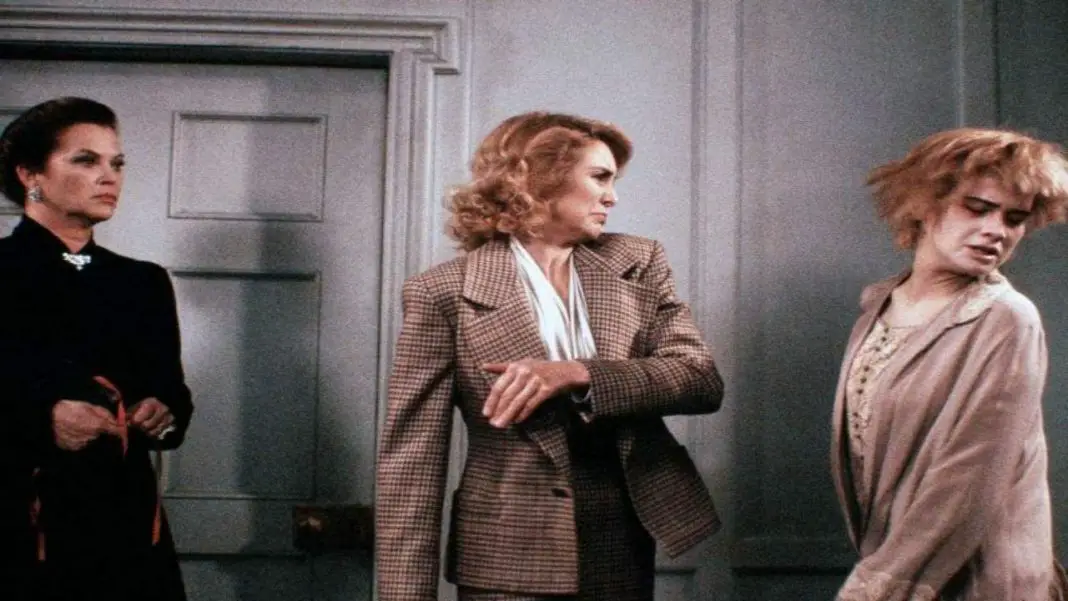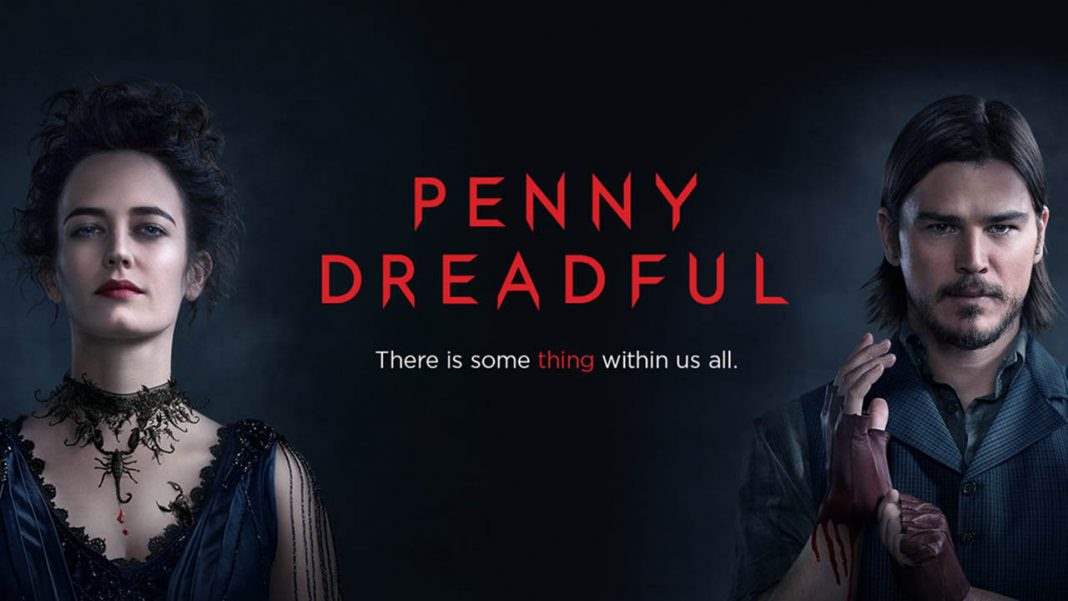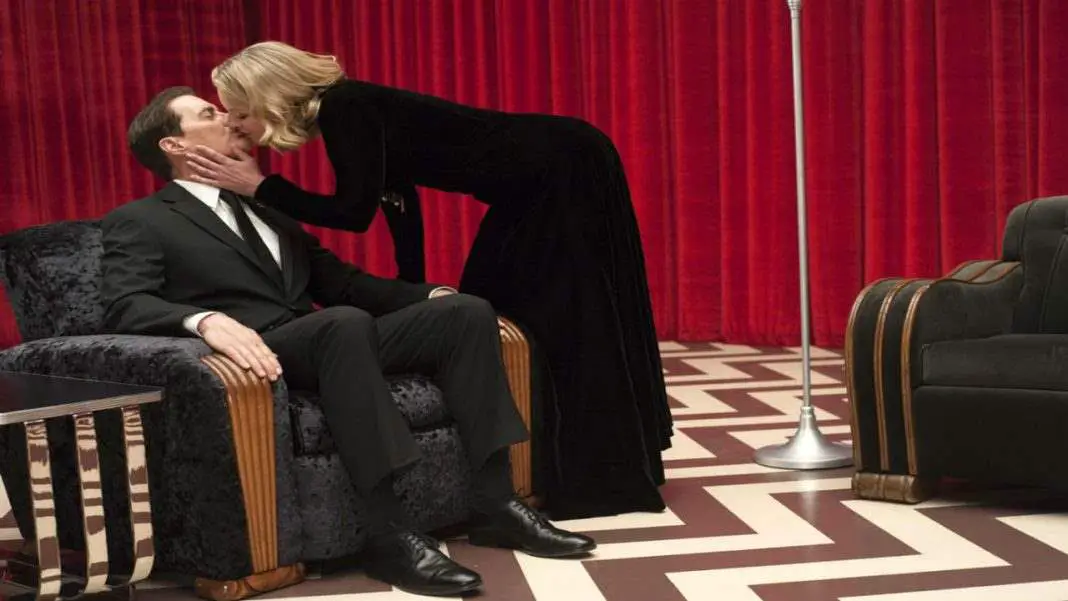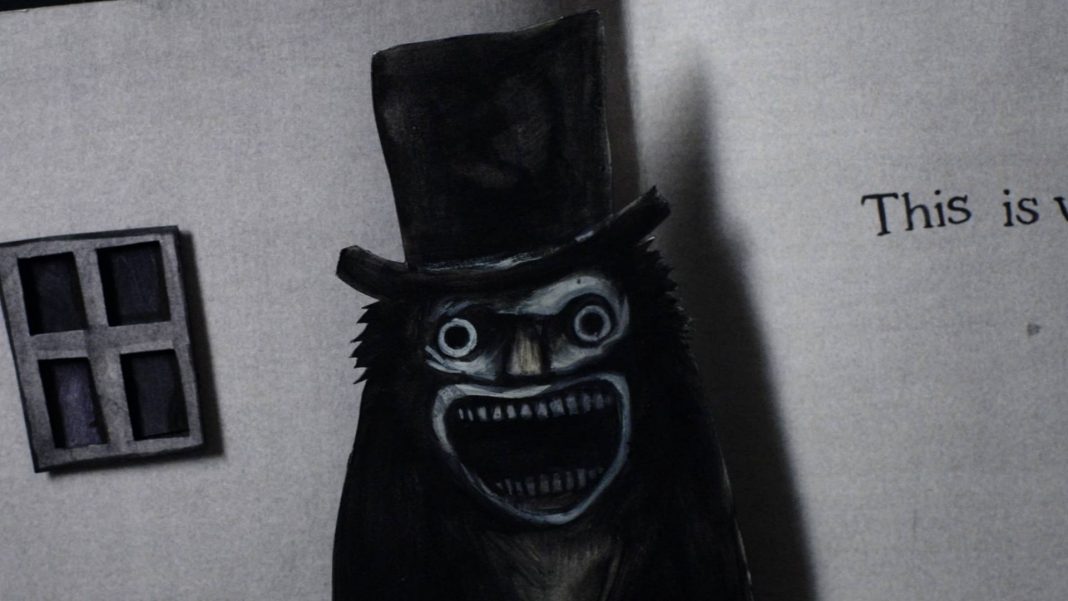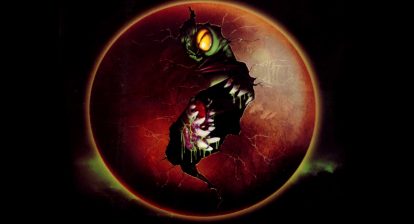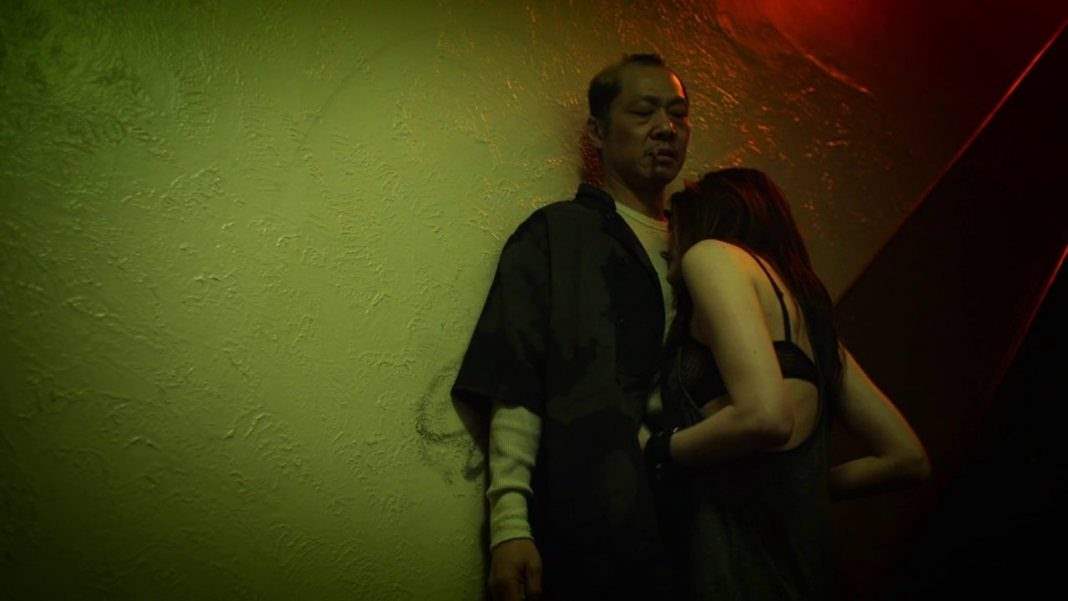Welcome to Back to the ’80s. This recurring feature aims to take a look at the good, the bad, and the ugly from horror’s most beloved decade. Regardless of which category a particular film falls under, this segment will spotlight films that horror fans can appreciate for one reason or another. We will look at how some of these flicks have stood the test of time and others have not aged quite so well. Regardless of what they look like today, these efforts from the 1980s laid the groundwork for the horror genre as we know it today.
Now that the gothic horror of V.C. Andrews’s Dollanganger Saga has played out on Lifetime with adaptations of the first four novels, it is time to jump back almost thirty years to examine the first, underrated cinematic incarnation of Flowers in the Attic. The 1987 film has divided audiences since as early as test screenings. Perhaps now that fans of the novels have finally been exposed to what the “complete” relationship between Cathy and Christopher looks like on screen, a less biased critique of the original film can be made. For, if one examines the main two problems critics and fans had of the 1987 movie, it comes down to the omission of incest and an altered ending that the director was against filming. The director, Jeffrey Bloom, has been kind enough to share a second draft of his original script with me that would have opened up the series to a completely different path. A path that horror audiences would have been excited to travel down.
Flowers in the Attic begins with the image of an intimidating mansion. This structure is identified by the narrator, Cathy, as her grandmother’s house. The younger version of Cathy is played by Kristy Swanson. She is part of a loving family until tragedy soon strikes and her father is killed. The mother (Victoria Tennant) is left penniless and decides that the only hope for the family is to return to the house of her parents. Once there she will strive to win back her dying father’s love and be placed back into his considerable will. However, Cathy and her three siblings are to remain hidden from their grandfather while being placed in the care of a religiously fanatic grandmother (played brilliantly by Louise Fletcher).
It is soon revealed that the grandmother feels nothing but disgust for her grandchildren as they were born of an incestuous union. Their mother was married to her uncle and this was the cause of her disinheritance. The children are to remain in one room with only the attic as their playground. As time passes, their health begins to decline. They are eventually beaten and starved by the grandmother while being practically abandoned by their mother. Subjected to humiliation and betrayal, they come to terms with the fact that they must plan their escape before it is too late.
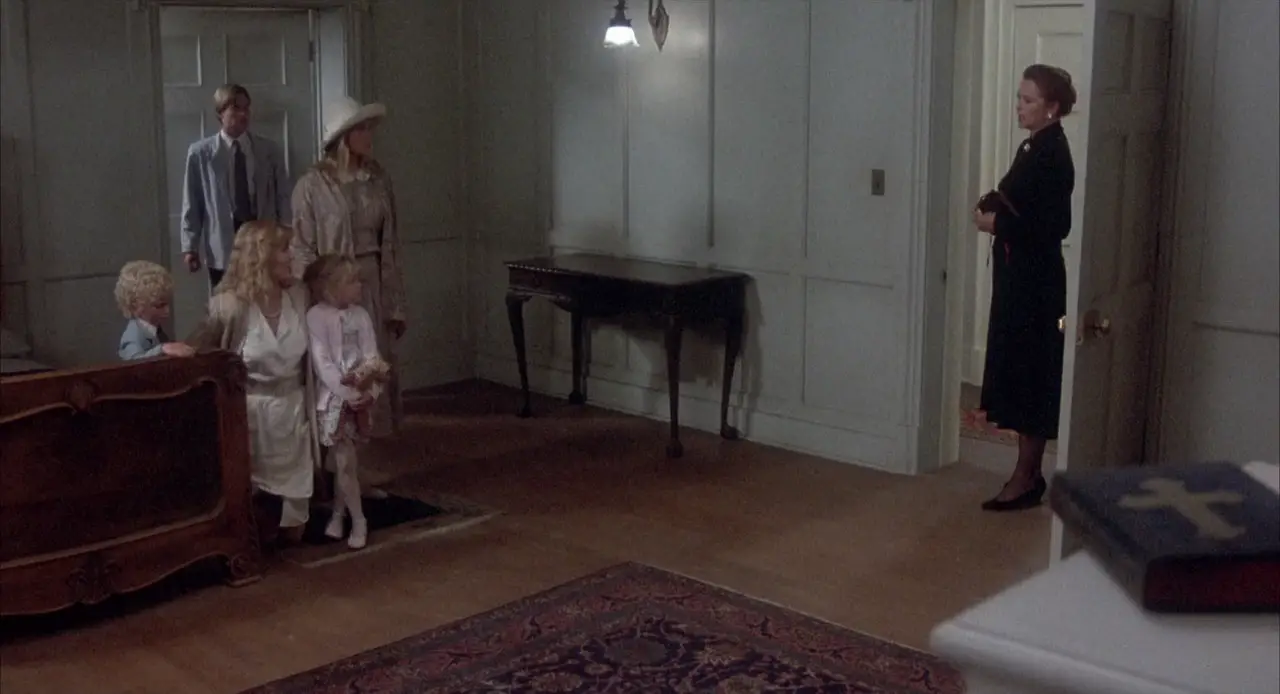
Jeffrey Bloom finds opportunity in a limited space. While maintaining the claustrophobic atmosphere with which the children would be encased, he manages to utilize different angles of the room and the attic in order to tell the story. These angles are not contrived for the sake of being different but always used to emphasize each dramatic moment or intensify the horror for the children. The attic can appear huge and formidable while at other times it becomes a prison slowly closing in. One thing that Bloom also succeeds in is recreating the creepy, gothic atmosphere of the novel. While the remake may have chosen to be more direct in the taboo of the story, it is ultimately more of a CGI sanitized production in terms of atmosphere. Bloom’s vision is more of a ghost story that grips the audience like a dark fairy tale.
This vision is all the more effective being aided by the main performances as well as Christopher Young’s score. The dominant melody is of innocence lost reminiscent to the growing pains one experiences growing up. The tone begins as a light twinkling touched with sadness then is punctured sharply to represent the shock and horror that all can be taken away in an instant. A reality all children must face at one point or another.
The performances by Swanson and Fletcher are particularly strong. One can see the hate and anger in Fletcher’s eyes as the grandmother. Always carrying a bible, she is consistently pious, judgmental, and menacing. Swanson’s Cathy is spirited and defiant while demonstrating a growing bitterness to the unfair treatment around her.
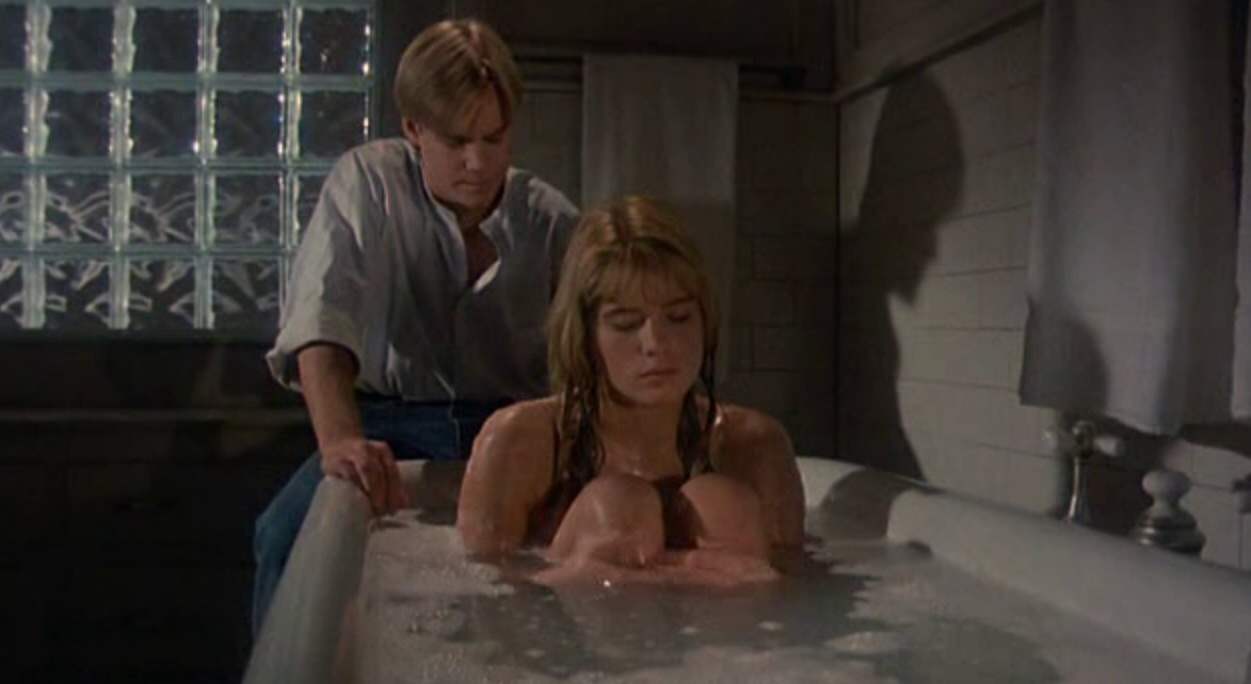 Problematic for most fans of the novels is the omission of incest between Cathy and her brother, Christopher, as well as an ending that serves only to deny the possibility of any sequel to this adaptation. Arguably, the main justification for leaving out the taboo part of Cathy and Christopher’s relationship is that the time frame of the film has been changed. The novel has the four children up in the attic for almost three and a half years. Bloom’s version has the imprisonment take place for roughly around a year and his intended screenplay does contain implicative moments of a taboo nature. They are more reasonable (at least in the V.C. Andrews universe) as to what might happen within a year of being locked away. Extending on material that already exists in the released film, instead of only embraces there are a few kisses added in that cross the sibling line. However, the biggest change when reading Bloom’s original script comes with the ending intended to be released.
Problematic for most fans of the novels is the omission of incest between Cathy and her brother, Christopher, as well as an ending that serves only to deny the possibility of any sequel to this adaptation. Arguably, the main justification for leaving out the taboo part of Cathy and Christopher’s relationship is that the time frame of the film has been changed. The novel has the four children up in the attic for almost three and a half years. Bloom’s version has the imprisonment take place for roughly around a year and his intended screenplay does contain implicative moments of a taboo nature. They are more reasonable (at least in the V.C. Andrews universe) as to what might happen within a year of being locked away. Extending on material that already exists in the released film, instead of only embraces there are a few kisses added in that cross the sibling line. However, the biggest change when reading Bloom’s original script comes with the ending intended to be released.
When adapting a series like Flowers in the Attic, the filmmakers must determine to which genre the story belongs and what is expected of the genre at that time. The bulk of the novel is more of a family drama, yet the most powerful moments are rooted in horror. Therefore, it is not surprising that floating out on the Internet is a rejected screenplay by Wes Craven. While not selected, one can easily see the influence of Craven’s screenplay for this story on his later film, The People Under the Stairs. Some similarities being the incestuous plot mixed with secret passageways in which children hide and travel. However, what worked better with Bloom’s screenplay was his characterizations of the main cast.
Craven excelled at creating a dialogue contemporary audiences related to, yet he ultimately deviated from the essence of the story. One such instance in his version is that the mother seemingly hates her children more often than not and much sooner, whereas in the novel, the betrayal comes from the loss of love all around. Bloom remained more true to Andrews’s novel. Yet, in his original script, Bloom created an ending that would satisfy the teenage horror demographic while simultaneously remaining true to fan expectations.
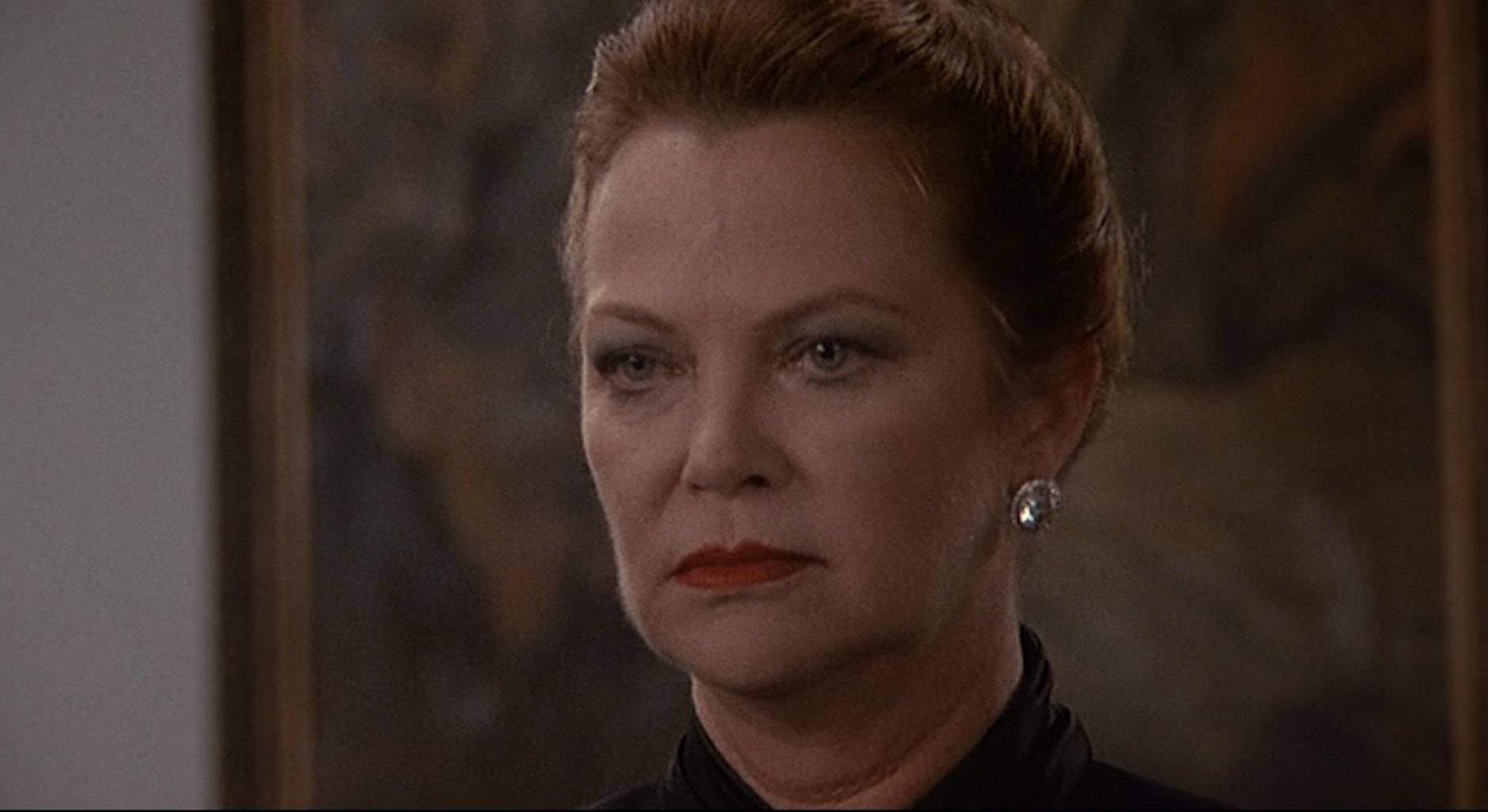 The alternate ending shows the remaining children as they force their way by the grandmother but are immediately attacked by the menacing caretaker shown throughout the film. After a struggle in which Cathy demonstrates her own physical strength, the caretaker suffers a fall down an elevator shaft. The kids head to the main floor to confront Corinne at her wedding in front of a very much alive grandfather. After all revelations (minus “eat the cookie”), the children finally think they are safe and begin to head outside. However, the grandmother appears with a knife and is about to attack before being subdued by John the butler as he shoves her into the elevator. Once there, the claustrophobic grandmother loses control and screams in terror as the caretaker’s bloody body collapses in on her from his fall. This leaves the children free to escape and face the world on their own.
The alternate ending shows the remaining children as they force their way by the grandmother but are immediately attacked by the menacing caretaker shown throughout the film. After a struggle in which Cathy demonstrates her own physical strength, the caretaker suffers a fall down an elevator shaft. The kids head to the main floor to confront Corinne at her wedding in front of a very much alive grandfather. After all revelations (minus “eat the cookie”), the children finally think they are safe and begin to head outside. However, the grandmother appears with a knife and is about to attack before being subdued by John the butler as he shoves her into the elevator. Once there, the claustrophobic grandmother loses control and screams in terror as the caretaker’s bloody body collapses in on her from his fall. This leaves the children free to escape and face the world on their own.
If released in today’s world of DVD and Blu-Ray, this version would have likely been included as an alternate ending and discussed in the bonus features. It is the ending that lets loose and goes for the jugular. The novel works with a simpler ending because all the revenge occurs in its sequel. A film has no guarantee of a sequel, so the screenplay’s original ending would have satiated the need for a dramatic climax. The criticized theatrical ending tries to fulfill that same need; however, it fails because there is no way to continue the story. The setup for the entire picture has been between the children and the grandmother. The revenge on the mother would have occurred in the sequel.
The first 85 minutes of the released film works well. The atmosphere is chilling with moments of true horror and suspense. There are uncomfortable moments of a brother washing his sister’s back. Images of four graves being dug. A fanatically religious grandmother carrying a bible with dangerously sharp scissors itching to scalp long blonde hair. Perhaps the original complaints of what is actually a compelling film will one day be abated with the release of Bloom’s original and much more effective screenplay ending. Bloom relays that those scenes were indeed filmed and one can argue that it is time they were made available to see what could have been. A special thank you to the generosity of Jeffrey Bloom for sharing his original screenplay with me.
